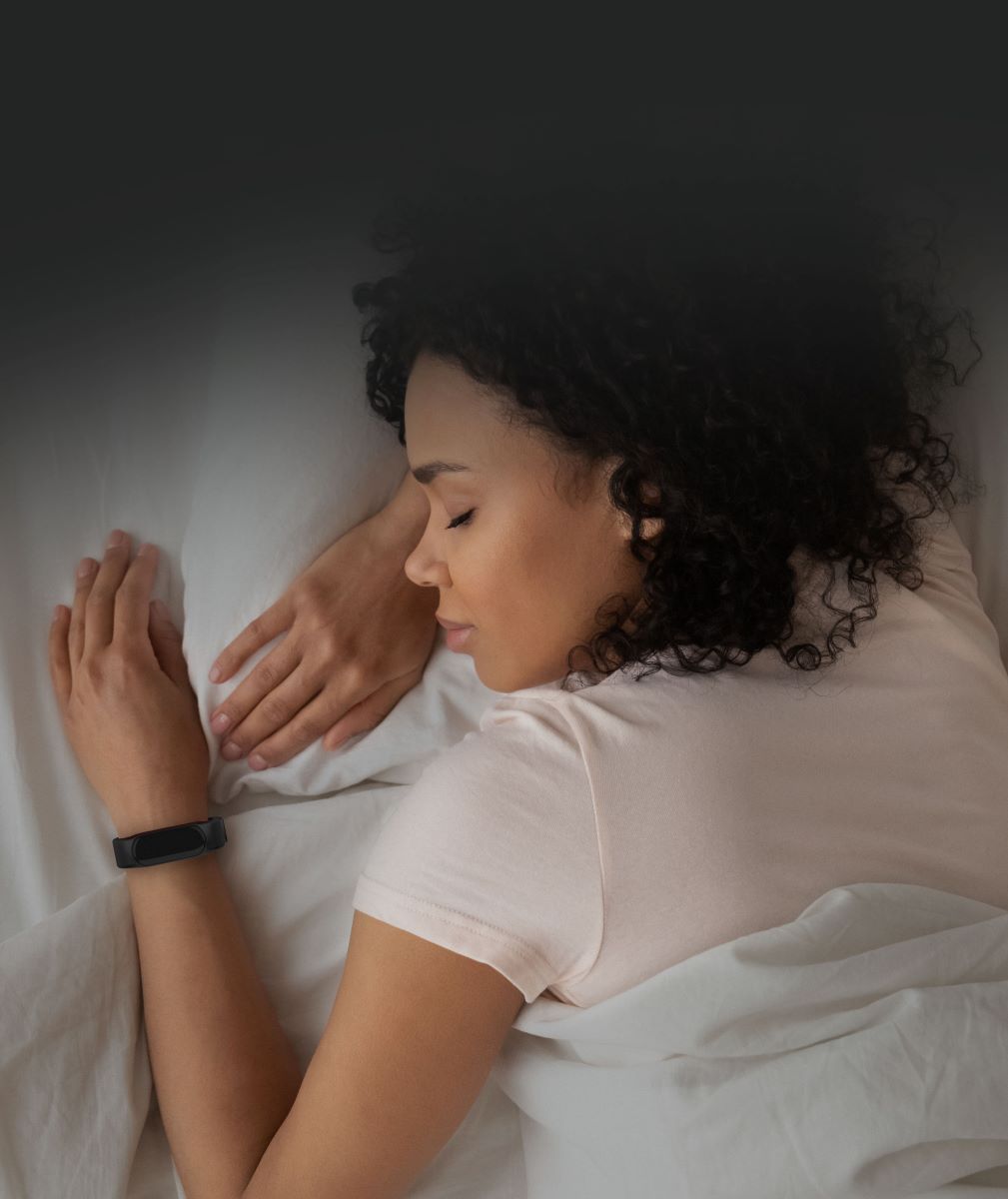In a world full of synthetic light, most of us struggle with circadian rhythm disruption and mood dsyregulation. This is even more prevalent during the winter months with seasonally darker days. In my nutritional therapy trainings, I have leaned how to apply light therapy for my clients struggling with seasonal depression or mood disorders by resetting their circadian rhythm and increasing serotonin synthesis.
-
Get outside during the sunlight hours- my clients who are working 8-5 jobs or even longer hours are hit the hardest by seasonal depression. If it is still dark when you go to work and getting dark when you leave work, you have to find ways to get outside during the day and get some Vitamin D and sunlight to your body. This will reduce cortisol and increase serotonin synthesis.
-
Wake up with a happy light- a happy light is a great addition to your morning routine. A happy light tricks the brain into thinking that the sun is out which kickstarts your energy and serotonin. Look for a light that is 10,000 LUX and UV free. I recommend using the happy light first thing in the morning. If you use it later in the day, it could confuse your circadian rhythm.
-
Use dark therapy at night to improve sleep and increase melatonin- I use blue light blocking glasses with orange lenses to increase my melatonin levels. Orange lensed glasses block out blue light completely and trick your brain into thinking you are in complete darkness. This allows the pineal gland to stimulate melatonin and regulate your circadian rhythm.
-
Use red bulbs in your bedroom lamps- your bedroom should be for sleep. You should not be watching TV, eating, or working in your bedroom. This confuses the brain and your routine/structure. Changing all or your bedroom lights to red bulbs, will increase melatonin and reduce the amount of other alternate activities you engage in in your room.

